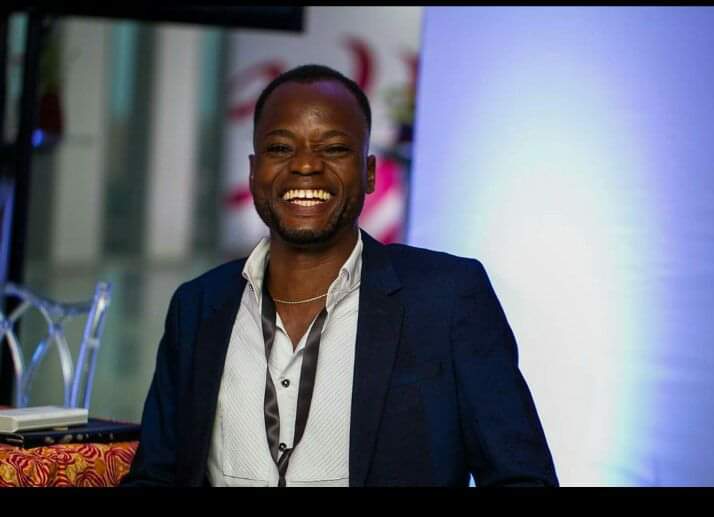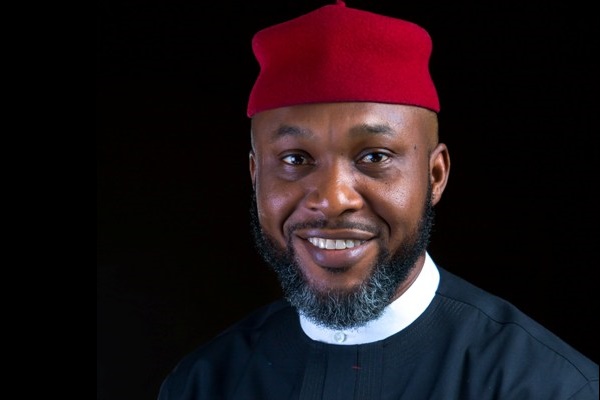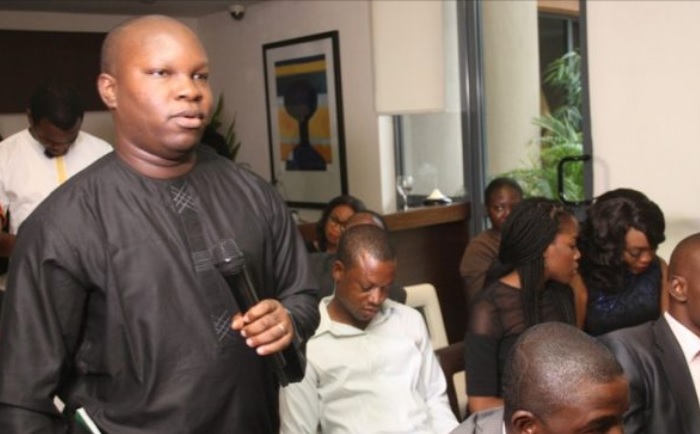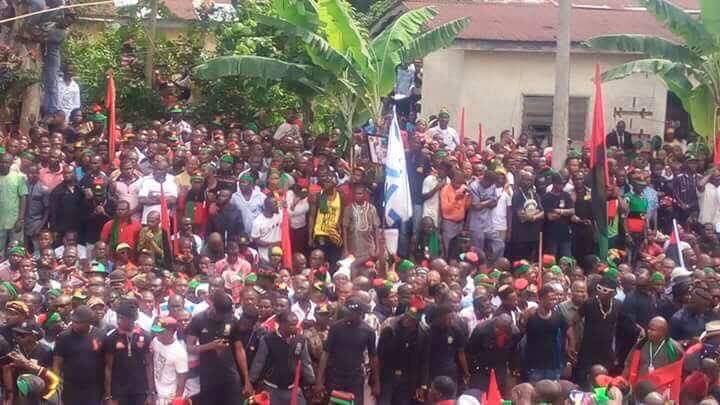Opinion
Asaba Massacre: My Father’s Fence | By Cheta Nwanze

By Cheta Nwanze
It has often been said that when an Igbo man’s wife makes a request of him, he will move mountains to achieve it. Thus it was that when my mother, who lost her father, and some of her brothers, on the same rainy day in October 1967, asked my dad to do a memorial to them, he obliged and did the memorial on his fence. The pictures you’ll see next are the result, and I’ll do a sort of story guide.
On October 5, 1967, Nigerian troops took Asaba, on the banks of the River Niger, from Biafran troops. The retreating Biafrans had blown up the Niger River Bridge which links Asaba to Onitsha, so the feds could not cross the river. The feds returned to Asaba and turned on the civilians, accusing many of being Biafran sympathisers, a crime which, according to them, meant death.
On October 7, the leadership of the Asaba people gathered together and decided to do a rally, to show the support of the town for “One Nigeria”. This was captured here:
***A Mural depicting Asaba indigenes gathering for a rally to support Nigeria. October 7, 1967, 0900 hours.
The people, on the advice of their leaders, wore akwa ocha – white cloth, which symbolises, among other things, peace. Then they went to meet the Nigerian troops and their commanders. Depicted next:
***Mural depicting Asaba people meeting with Nigerian troops to show support for “One Nigeria”. Note the signs the people are carrying. October 7, 1967, 1100 hours.
As the meeting went on, the leader of the federal troops on the ground, told the people that he wanted to have a discussion with the men, so ordered his soldiers to separate the men and boys of military age, from the women. That’s next:
***First half of the mural.
***Second half of the mural depicting the separation of the men from women by Nigerian soldiers in Asaba. October 7, 1967. At about high noon.
The next part of the story has been told to me by my uncle, who was an eyewitness to what happened next. After the women had been led away, and the men taken a bit of a distance away from the meeting point, the commanding officer said the following — “Ku diba su goma goma, ku je chikin chan de chan, kwu yi aiki de su.”
At that point, those, like my uncle, who spoke Hausa, understood what was coming next. Depicted next:
***Mural depicting the Asaba massacre. October 7, 1967, high noon to late afternoon.
The story, as told by my uncle, is saved in the Nigerian Village Square for posterity. I’m reproducing a part of it here:
I was standing with my elder brother Emma at the edge of the crowd. He was holding my hand. I had always been Emma’s little brother, shared his bed with him every night until he died. Even onto death, he felt his duty was to protect me. Emma was the very first person to be dragged by the soldiers. As they took him, he let go of my hand and pushed me further into the crowd. I saw Emma struggling with one of the soldiers and another one shot him from behind at point blank range. He fell to the ground with the blood from his back forming a pool around him. His shattered vertebrae exposed in the afternoon gloom, the first victim of the massacre that followed.
As soon as Emma fell, all hell broke loose. A good number of the men and boys, on seeing the first death, began to flee into the surrounding bushes and the soldiers began firing. Many of those trying to flee were cut down as they fled. The rest of us fell to the ground in utter hopelessness. I lost count of time. The soldiers turned their guns on those of us lying on the ground and the staccato bursts of bullets continued into the late evening. To this day, I live with the smell of the blood of my brethren that died that day, with the cries of those of them who had lost hope and stood up and begged the soldiers to end it all. Maybe they were the ones who saved the lives of those of us who survived the slaughter, because as they begged to be killed and the soldiers obliged them they disrupted the flow of the massacre as the killers now concentrated on them.
Finally, the bullets stopped. The heavens opened up and a light shower came forth. Even the heavens wept for the victims of that holocaust. I thought everybody was dead. Then, I began to hear voices – the cries of the injured struggling to live and the regrets of some who had their limbs battered and were in need of help. It seemed to me that I was the only one who came out unscathed. Lying close by was a cousin of mine who had a bullet hole on his head and the middle finger of his right hand was shattered. He was alive and lives to this day. My father was lying not too far away. I did not know where the bullet hit him. His eyes were open as if he was staring at me, his favourite son. He was dead.
I could not get up and escape into the bush as soon as we knew the soldiers had gone because there was no way I could go without my cousin who was injured. So we waited until it was dark then I helped him along and we found our way to my grandmother’s house.
The next morning, my mother came looking for us. There were five of us from my family – my father, my brothers – Paul, Emma and Gabriel, and I – who had been taken by the soldiers to the killing field. She found only me. Quickly she arranged for my sisters, my little brothers and I to escape with other people to Achalla, a few kilometres from Asaba. Later she went to look for the bodies of my father and brothers. She found only my father and Emma. She put them in a wheel barrow and went to bury them. The body of Paul was never found. He was only twenty-four. For several years, we lived with the illusion that he must have escaped somehow and found his way to Biafra. But we had to accept that somewhere in Asaba, like several others, lies the body of Paul in an unmarked grave. We found Gabriel in Achalla. He was shot in the waist, but somehow, the bullet missed his spinal cord. He had eight bullets in him. The last of them was extracted at Igbobi Hospital in 1978.”
This, is the story of one half of my family. The story of people, related to me by blood, who were more than decimated that day. It is my story. I understand that everyone has his own story. I have told mine and I will keep telling it. If you must, tell yours. But for God’s sake, don’t attempt to muzzle me.
– My Father’s Fence was first published in Medium on December 24, 2016





Ifeanyichukwu Madunagu Frank
October 8, 2017 at 11:34 am
How can we continue to live with those who kill us like cow’s on daily basis
Ifeanyichukwu Madunagu Frank
October 8, 2017 at 11:33 am
The genocide against innocent unarmed biafrans by Nigeria military force of terror has never stop since 1967 to date
Christopher Ochini
October 8, 2017 at 11:16 am
Evils
Dije Umma
October 8, 2017 at 11:03 am
This Jubrin us more dangerous than Buhari or he showed terrorist KANU a Janjaweed method?
Chiadi Christopher Onoh
October 8, 2017 at 10:31 am
A heart rending piece.May the souls of all those that perished on that day rest in peace.
Kelechi Nwachineke Ipob
October 8, 2017 at 10:21 am
Nigeria don nearly escaped Nnamdi kanu’s trap d first time and dey foolishly enter d second trap which is costing them their everything.. Nnamdi kanu is d smartest guy I knw.. He boast dat he will go to Abuja and return with buharis head but dey dnt knw he can’t do it just dat he knows Nigeria is blind to see his trap and dey will react foolishly.. It don happen na.. Abeg I dey chop banana and groundnut, who cares can join.
Emmanuel Odozi
October 8, 2017 at 10:39 am
No difference just the glasses. I don’t know why biafrans has fish brains
KRYS
October 8, 2017 at 4:55 pm
YOU MAY HAVE A FISH BRAIN I DON’T HAVE SUCH,RATHER YOU ARE FOOLISHLY BLIND.